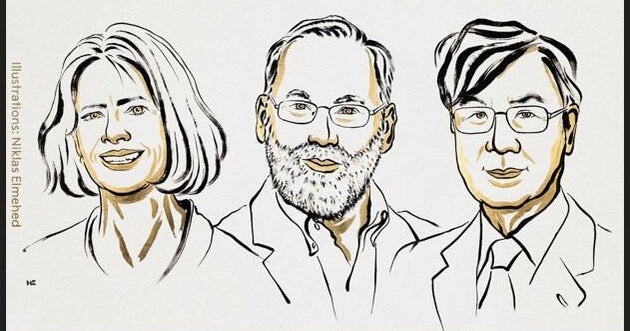Introduction to the Nobel Prize Winners
The Nobel Prize for Medicine has been awarded to Mary E. Brunkow, Fred Ramsdell, and Dr. Shimon Sakaguchi for their discoveries on peripheral immune tolerance. The 64-year-old Brunkow is a senior program manager at the Institute for Systems Biology in Seattle, while Ramsdell, also 64, is a scientific consultant for Sonoma Biotherapeutics in San Francisco. Sakaguchi, 74, is a respected professor at the Immunology Frontier Research Center at Osaka University in Japan.
The Discovery
Brunkow received the news of her prize from an AP photographer who came to her home early in the morning. She had ignored an earlier call from the Nobel Committee, thinking it was spam. Her husband, Ross Colquhoun, recounted her reaction, saying, "When I said Mary, she won, she said, ‘Don’t be ridiculous’." Sakaguchi, on the other hand, expressed his hope that the research in the area will continue to develop, allowing their results to be used in treatment.
Understanding the Immune System
The immune system has multiple overlapping systems to recognize and combat bacteria, viruses, and other harmful actors. Important immune warriors, such as T cells, are trained to discover these bad actors. If some go wrong, they could trigger autoimmune diseases and should be eliminated in the thymus, a process called central tolerance. The Nobel winners discovered an additional way the body holds the system in check.
The Breakthrough
The Nobel Committee stated that it began with Sakaguchi’s discovery in 1995 of a previously unknown T-cell subtype, now referred to as regulatory T cells or T-Regs. In 2001, Brunkow and Ramsdell discovered a guilty mutation in a gene called FoxP3, which plays a role in a rare autoimmune disease. Two years later, Sakaguchi associated the discoveries, showing that the FoxP3 gene controls the development of these T-Regs, which act as security officers to find other forms of T cells that overreact.
Impact of the Discovery
Brunkow and Ramsdell worked together in a small biotech company, examining why a certain mouse tribe had an overactive immune system. They used new techniques to find the mouse gene behind the problem and realized it could also be an important actor in human health. The work opened a new field of immunology, with researchers around the world now working on using regulatory T cells to develop treatments for autoimmune diseases and cancer.
The Award
The award is the first of the Nobel Prize in 2025 and was announced by a committee at the Karolinska Institute in Stockholm. The trio will share the prize money of 11 million Swedish crowns (almost 1.2 million US dollars). The award ceremony will take place on December 10th, the anniversary of Alfred Nobel’s death, who founded the prizes. Nobel was a wealthy Swedish industrialist and the inventor of dynamite, who died in 1896.

